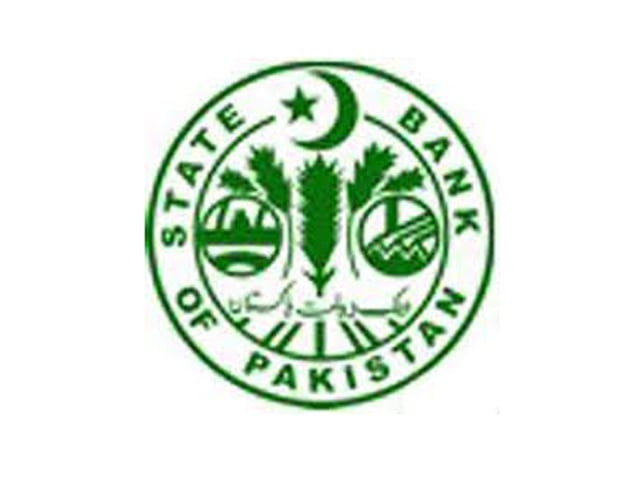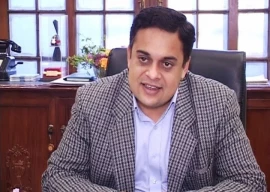
This year, like last, Moody’s has been the one to bring to our attention this essential fact about the entire enterprise: “Moody’s sovereign ratings on Pakistan imply a significant default probability over the medium-term.” Now wait a minute. Did Moody’s just think the unthinkable? Are they seriously saying that there is a probability of a default on domestic debt for the government of Pakistan?
Yes they did. And the sentence runs against the ingrained conventional wisdom here in Pakistan, which says that you cannot default on debt which is denominated in a currency that you print. “After all, we can always fire up the presses, print the bills, and pay the debt,” say the stakeholders. So why this talk of default?
Two reasons. One is that the unending cycle of rising recourse to domestic borrowing must have an endpoint of some sort. It cannot be a monster that lives and breathes forever. If the fiscal equation that is driving this recourse is not fixed then it stands to reason that somewhere something will have to give. If borrowing and spending endlessly were an option for any government, under the comfort that you can always ‘print-and-pay’ later, then everybody would be doing all the time.
So how does the whole thing end? I’ve been meeting bankers, central and otherwise, and economists for almost a year now asking them this question and nobody seems to have a clear idea of how the snapping of this thread plays itself out in the real world. This is not to say that nobody knows, just that nobody is willing to go there in public, that’s all.
Second reason. A default on domestic debt can occur in more ways than one. There is today a complex series of instruments in which this debt is denominated, from lending to Public Sector Enterprises (PSE’s) to Term Finance Certificates to underwriting LC’s for the state oil importer to your rank-and-file treasury bills. What we might fail to appreciate is that in some areas such a default has already taken place, for example in the so-called “circular debt” of the power sector. There are levels of default, not one single “event in the sovereign B3 category” to use the language of the rating agencies.
So put two and two together. The status quo cannot continue indefinitely. It must end somehow, either by a resumption of bank lending to the private sector, or by some sort of a disorderly unwinding of bank lending altogether – hoarding of liquidity. The State Bank has noted this too in its financial stability review, pointing out that government debt from private banks cannot grow indefinitely because it increases debt servicing costs thus fueling the fiscal imbalances.
That leaves us with a long drawn out status quo. Already we know that the government has had a hard time servicing its power sector TFCs that were floated in 2009 and has bowed to the banks original demand to denominate this debt in marketable government securities instead by converting them into PIBs.
So absent a resumption of lending to the private sector, a default becomes more and more likely with the passage of time, with the probability increasing in the medium term. The State Bank is not willing to point this out, but Moody’s is.
The writer is editor of business and economic policy for Express News.
Published in The Express Tribune, December 19th, 2011.


















COMMENTS
Comments are moderated and generally will be posted if they are on-topic and not abusive.
For more information, please see our Comments FAQ